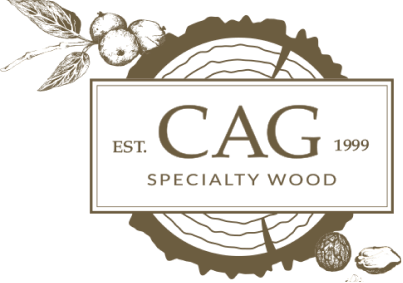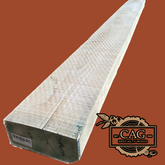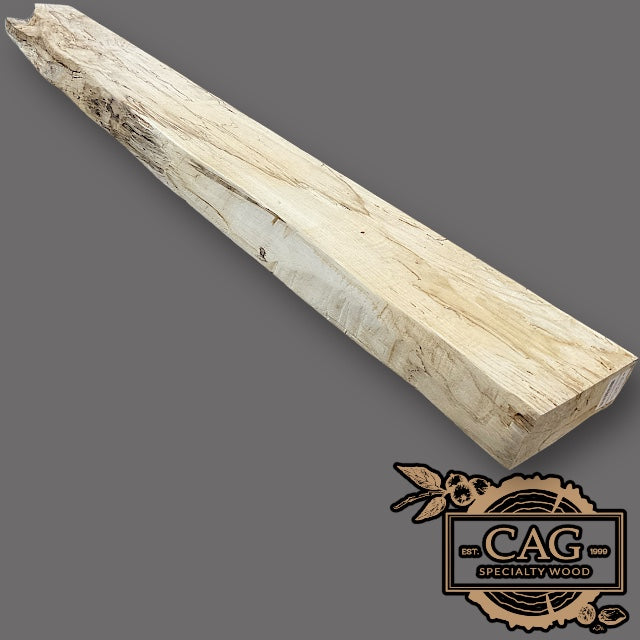

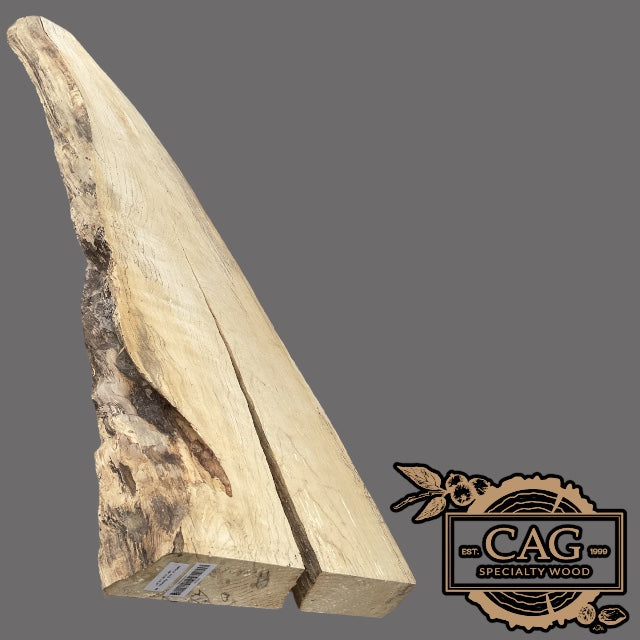
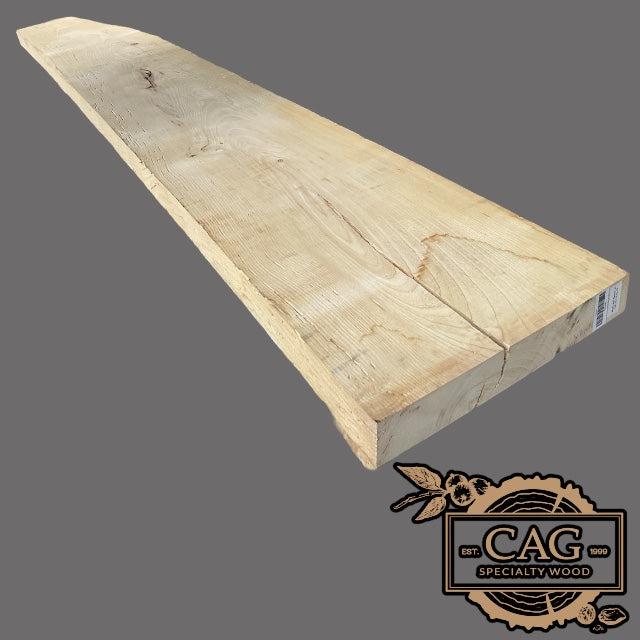
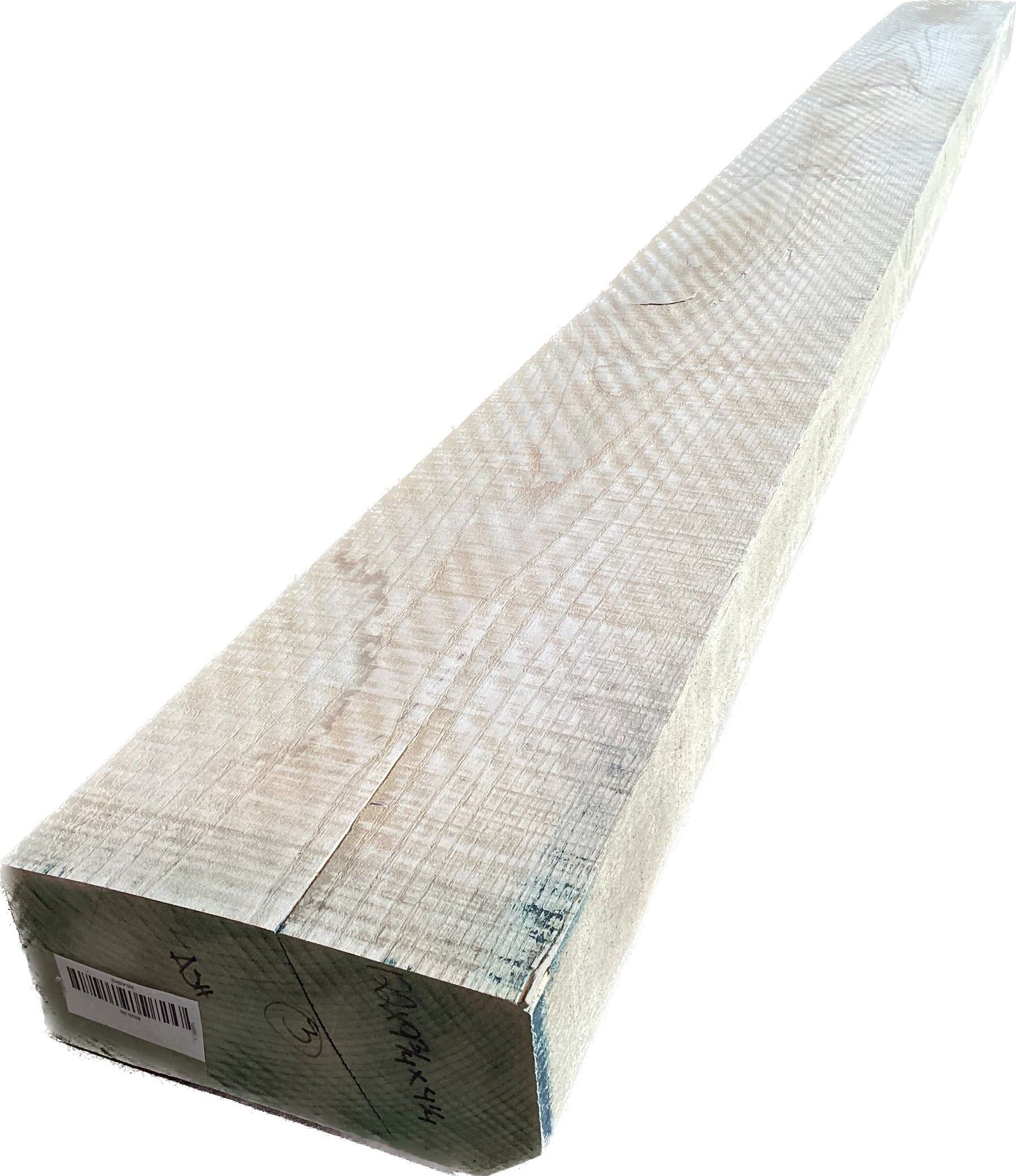
White Ash Mantels
Ash Mantels: Strength and Beauty in Perfect Harmony
Introduce the timeless appeal of Ash to your home with our exquisite Ash Mantels. Renowned for its strength, distinctive grain patterns, and light color, Ash offers a perfect blend of durability and aesthetic charm for your fireplace surround.
Key Features of Our Ash Mantels:
- Crafted from premium, kiln-dried Ash wood
- Showcases a striking grain pattern similar to oak, but with a lighter overall tone
- Available in custom sizes to fit your fireplace dimensions precisely
- Known for its excellent shock resistance and stability
- Ideal for both traditional and contemporary interior designs
Common Name(s): White Ash, American White Ash
Scientific Name: Fraxinus americana
Distribution: Eastern North America
Tree Size: 65-100 ft (20-30 m) tall, 2-5 ft (.6-1.5 m) trunk diameter
Average Dried Weight: 42 lbs/ft3 (675 kg/m3)
Specific Gravity (Basic, 12% MC): .55, .67
Janka Hardness: 1,320 lbf (5,870 N)
Modulus of Rupture: 15,000 lbf/in2 (103.5 MPa)
Elastic Modulus: 1,740,000 lbf/in2 (12.00 GPa)
Crushing Strength: 7,410 lbf/in2 (51.1 MPa)
Shrinkage: Radial: 4.9%, Tangential: 7.8%, Volumetric: 13.3%, T/R Ratio: 1.6
Color/Appearance: The heartwood is a light to medium brown color. Sapwood can be very wide, and tends to be a beige or light brown; not always clearly or sharply demarcated from heartwood.
Grain/Texture: Has a medium to coarse texture similar to oak. The grain is almost always straight and regular, though sometimes moderately curly or figured boards can be found.
Endgrain: Ring-porous; large earlywood pores 2-4 rows wide, small latewood pores solitary and radial multiples; tyloses common; parenchyma banded (marginal), paratracheal parenchyma around latewood pores vasicentric, winged and confluent; narrow rays, spacing normal.
Rot Resistance: Heartwood is rated as perishable, or only slightly durable in regard to decay. Ash is also not resistant to insect attack.
Workability: Produces good results with hand or machine tools. Responds well to steam bending. Glues, stains, and finishes well.
Odor: Can have a distinct, moderately unpleasant smell when being worked.
Allergies/Toxicity: Ash in the Fraxinus genus has been reported to cause skin irritation, and a decrease in lung function. See the articles Wood Allergies and Toxicity and Wood Dust Safety for more information.
Pricing/Availability: Ash is among the least expensive utility hardwoods available domestically; it should compare similarly to oak in terms of price.
Sustainability: This wood species is not listed in the CITES Appendices, but is on the IUCN Red List. It is listed as critically endangered due to a projected population reduction of over 80% in the next three generations, caused by effects of introduced taxa. (See notes on the emerald ash borer in the comments section below.)
Common Uses: Flooring, millwork, boxes/crates, baseball bats, and other turned objects such as tool handles.
Comments: The emerald ash borer (Agrilus planipennis), believed to have been inadvertently introduced from Asia sometime in the 1990s, was first detected in Michigan in 2002. Lacking natural predators, uncontrolled populations of this invasive species spread very rapidly throughout North America, devastating local populations of ash trees. The beetles’ larvae bore into a tree and feed on the inner bark, eventually killing the entire tree. The insects are responsible for the deaths of hundreds of millions of ash trees across the United States and Canada. Green Ash and Black Ash trees are preferentially attacked by the insects, followed by White Ash and Blue Ash.
White Ash has excellent shock resistance, and along with hickory (Carya spp.), it is one of the most commonly used hardwoods for tool handles in North America—particularly in shovels and hammers where toughness and impact resistance is important.
When stained, ash can look very similar to oak (Quercus spp.), although oaks have much wider rays, which are visible on all wood surfaces—even on flatsawn surfaces, where they appear as short, thin brown lines between the growth rings. Ashes lack these conspicuous rays.
White Ash Mantels
White Ash Mantel #1 - 88"x11.5"x2.5"
4050 Old Cornelia Hwy
Gainesville GA 30507
United States
Wood Calculator Section
Need Help Figuring out how much you need ?
One Board foot = 144 Cubic Inches
Example: If you need a piece of wood 12 inches wide, 1 inch thick and 24 inches long, that is equal to 2 board feet.
12 inches x 1 inch x 24 inches = 288 inches. 288/ 144 = 2 board feet

